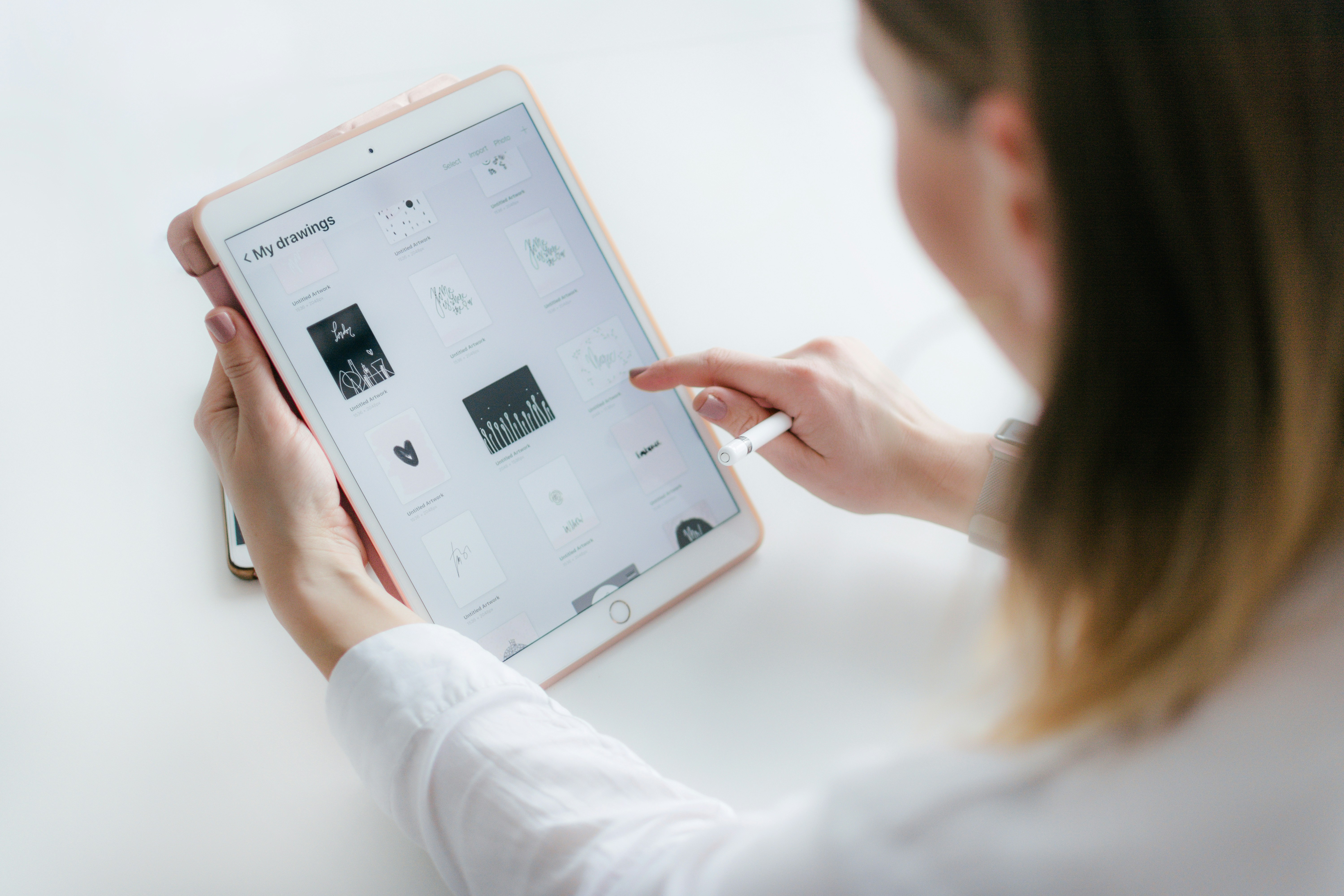Breakthrough Wearable Device Revolutionizes Remote Skin Health Monitoring
The innovative technology employs a non-contact gas capture chamber, representing a significant advancement in dermatological diagnostics and patient care.
This cutting-edge wearable solution enables healthcare providers to conduct remote monitoring while empowering individuals to take control of their skin health management from home.
Revolutionary Technology for Skin Health Analysis
Northwestern University researchers have achieved a significant breakthrough in healthcare technology with the development of an advanced wearable device that monitors skin health through sophisticated gas analysis. This revolutionary approach measures both gas emissions and absorption patterns of the skin, providing comprehensive health insights.
The state-of-the-art device incorporates multiple high-precision sensors that simultaneously track various critical parameters, including water vapor, carbon dioxide (CO₂), volatile organic compounds (VOCs), and temperature fluctuations, delivering a holistic view of skin health.
A key innovation lies in its specialized chamber design, which captures gases without direct skin contact. This non-invasive approach proves particularly valuable for assessing compromised or sensitive skin conditions without risking further irritation or damage.
Understanding Skin Barrier Function
Northwestern's research highlights the critical role of the skin barrier, the body's primary defense mechanism. This outermost layer performs essential functions, including moisture retention through regulated water loss prevention, while providing protection against harmful elements such as bacteria, ultraviolet radiation, and environmental irritants.
When this crucial barrier sustains damage, it leads to elevated transepidermal water loss (TEWL), resulting in increased skin sensitivity and vulnerability. This compromised state not only raises infection risks but can also trigger or exacerbate various inflammatory skin conditions.
The continuous monitoring of water vapor and gas emissions serves as a reliable indicator of skin barrier integrity, providing healthcare professionals with valuable diagnostic insights for various dermatological conditions.
Technical Specifications and Capabilities
The device's compact form factor, measuring just 2cm × 1.5cm, incorporates sophisticated components including an advanced chamber, electronic circuitry, multiple sensors, a programmable valve system, and a rechargeable battery unit.
The intelligent valve mechanism automatically alternates between open and closed positions, facilitating precise gas concentration measurements within the specialized chamber.
Through seamless Bluetooth connectivity, the device transmits comprehensive data to smartphones or tablets, enabling real-time monitoring capabilities for healthcare professionals.
Clinical Applications and Future Development
This immediate data accessibility facilitates evidence-based decision-making in critical areas such as wound management protocols and antibiotic administration strategies.
The technology holds particular promise for diabetic patients requiring ongoing wound monitoring, potentially transforming their care management approach.
The Northwestern research team is actively pursuing device enhancements, including the integration of pH level monitoring capabilities and the development of more selective gas sensors. These improvements aim to enable early detection of organ dysfunction and various other medical conditions.
Research Support and Validation
This groundbreaking development received substantial support from prestigious institutions including the Querrey-Simpson Institute for Bioelectronics, the National Institute of Diabetes and Digestive and Kidney Diseases, and the Center for Advanced Regenerative Engineering.
The university's comprehensive study validates the device's effectiveness through successful testing on both small animal models and human subjects, demonstrating its broad applicability in clinical settings.
"This device is a natural evolution of our lab's wearable electronic devices that collect and analyze sweat."
The device represents a significant advancement in preventive healthcare and remote monitoring capabilities, potentially reducing healthcare costs while improving patient outcomes through early intervention and continuous monitoring. Its development marks a crucial step forward in the integration of wearable technology with professional healthcare delivery, offering promising implications for both clinical practice and patient self-management strategies.


